Results
There is less than a 2 percent chance that a person who has been recently diagnosed with leprosy has passed the disease on to other people in their household.
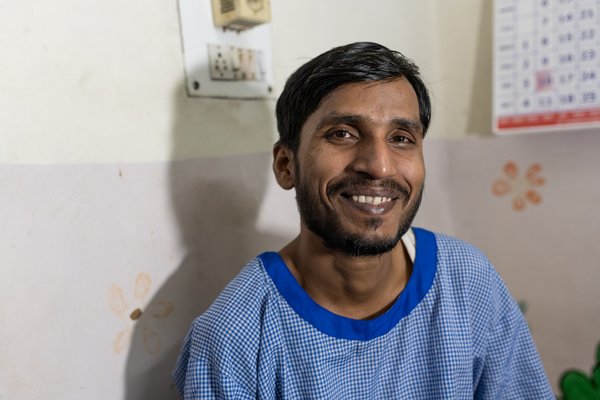
How does a broader medical focus help us to achieve our goal of zero leprosy? Dr Rajeev Nathan, Medical Superintendent of TLM Community Hospital, New Delhi, explains more.

Leprosy has been found in animals in different locations across the world, including in nine banded armadillos, red squirrels, and chimpanzees.
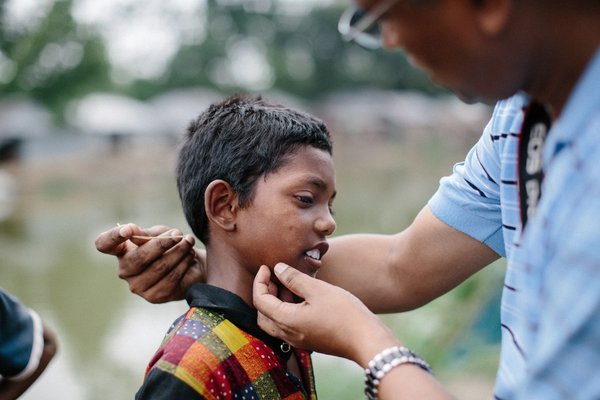
A look at research which reveals the extent to which household contacts are at risk of developing leprosy
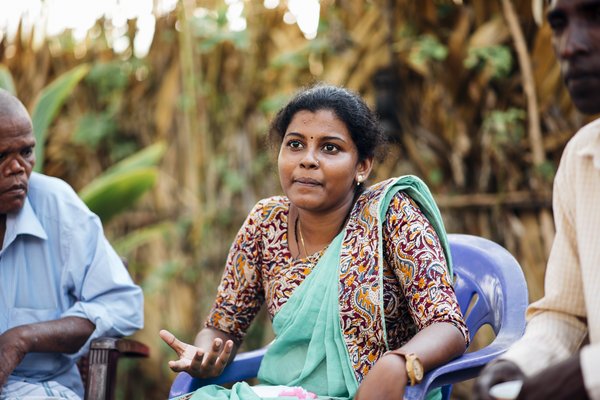
Within the leprosy sector, governments are a crucial and necessary partner on our journey to a world without leprosy. But what is expected from governments?
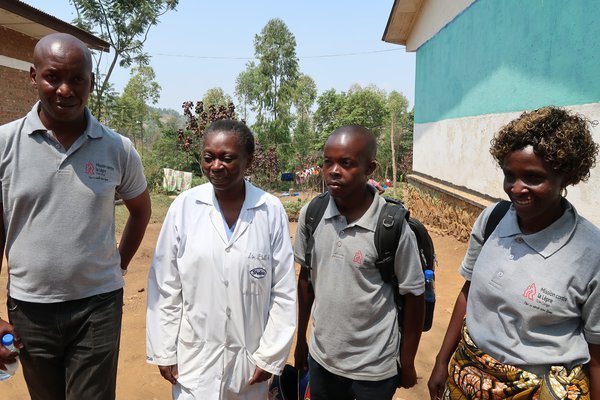
A look at a project in the Democratic Republic of the Congo that is piloting an integrated approach to controlling leprosy, Buruli ulcer and yaws.
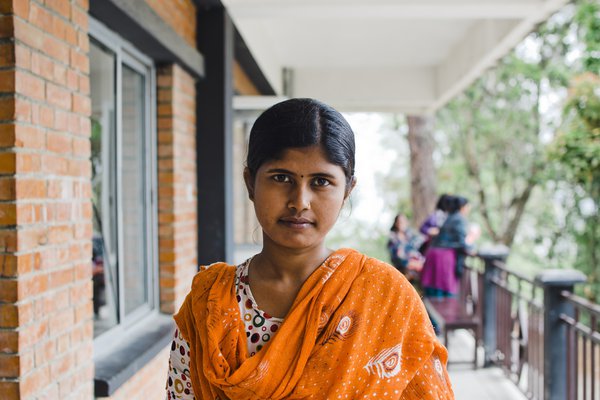
Are we still on course to achieve our goal of zero transmission by 2035? In short, yes.